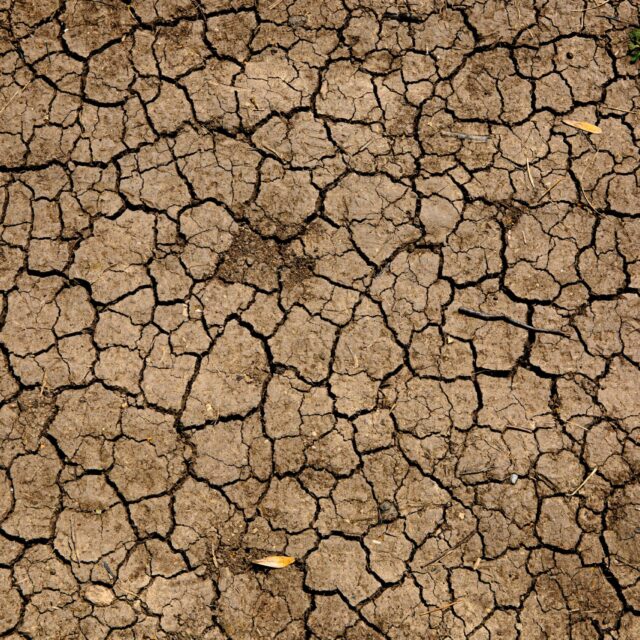Did you know that 1 in 10 people are undernourished? Or that Putin’s invasion of Ukraine has caused food prices to skyrocket, especially in African countries?
The world is experiencing a global hunger crisis, but how much do you really know about it?
Here are 5 facts you need to know.
1 in 10 people are undernourished
Yes, you read that right – 1 in 10 people on the planet are undernourished. That’s roughly 800 million people who don’t have enough food.
Every person on the planet needs food to stay healthy and alive. And families will almost always prioritize food over other expenses. So when a family cannot afford to eat, it is a clear indicator that they are in a crisis.
The global hunger crisis has gotten worse over the past few years
Several factors have impacted food security globally — the COVID-19 pandemic, the war in Ukraine, and many years of crop failures due to the climate crisis. These factors have led to an increase in undernourishment and food insecurity.
In 2021, 193 million people were in need of “urgent food assistance.” If that population were a country, it would be the 8th largest in the world.
Today, over 500 million people aren’t getting enough food. This has reached crisis level or worse for 180 million people.
Undernourishment can have a lifetime of consequences
The impacts of nutrition begin in the womb. If a pregnant woman is hungry or is experiencing food insecurity, that will ultimately limit her child’s nutrition. This can lead to a higher likelihood of the child being smaller than expected for their age.
In fact, children who are smaller than expected for their age due to malnutrition are 19% less likely to be able to read a simple sentence by the age of 8.
Even more so, undernourished children have less resistance to infections and illness, and can experience difficulties in cognitive and physical development.
The impacts of malnutrition are “largely irreversible” after the child’s first 1,000 days of life.
Women are hardest hit by food insecurity – and are vital to help end it
Before the pandemic, women were 6% more likely than men to experience hunger. During the height of the pandemic, they were 10% more likely. This is because women and girls tend to “eat last and least” when food is scarce.
Yet women also shoulder the burden of feeding their families. They grow 60-80% of the world’s staple crops and are almost entirely responsible for buying and preparing it. But because of gender inequalities, women don’t have the same access to farming resources as men. If they did, up to 150 million people could be lifted out of hunger. Empowering women and tackling gender-based inequalities is one of the key solutions to this food crisis.
You can help fight the global hunger crisis
The hunger crisis claims 25,000 lives every day. A lot of the people hardest hit are the world’s most vulnerable populations, including women and girls. We’re fighting to end this painful and heartbreaking reality, and you can join us.
Add your name to our petition telling global leaders that enough is enough. It’s time to put an end to the hunger crisis.



